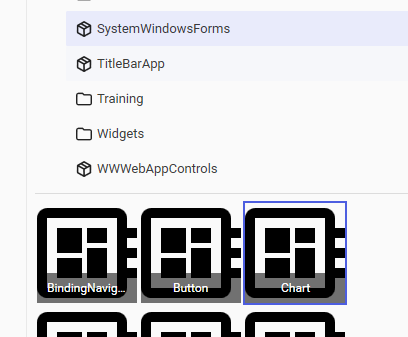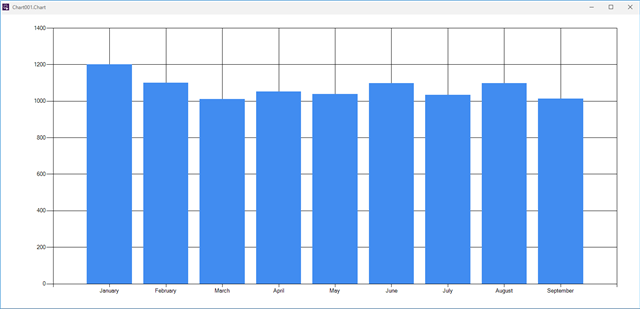We have imported MSChart as a OMI APP but now battling to get it to draw/show any chart except the chart name I provide. It is like the chart area does not exist.
Is there anyone that has got this working that are willing to share an example.
Any other charting options for OMI will also be welcome.
Thanks!





